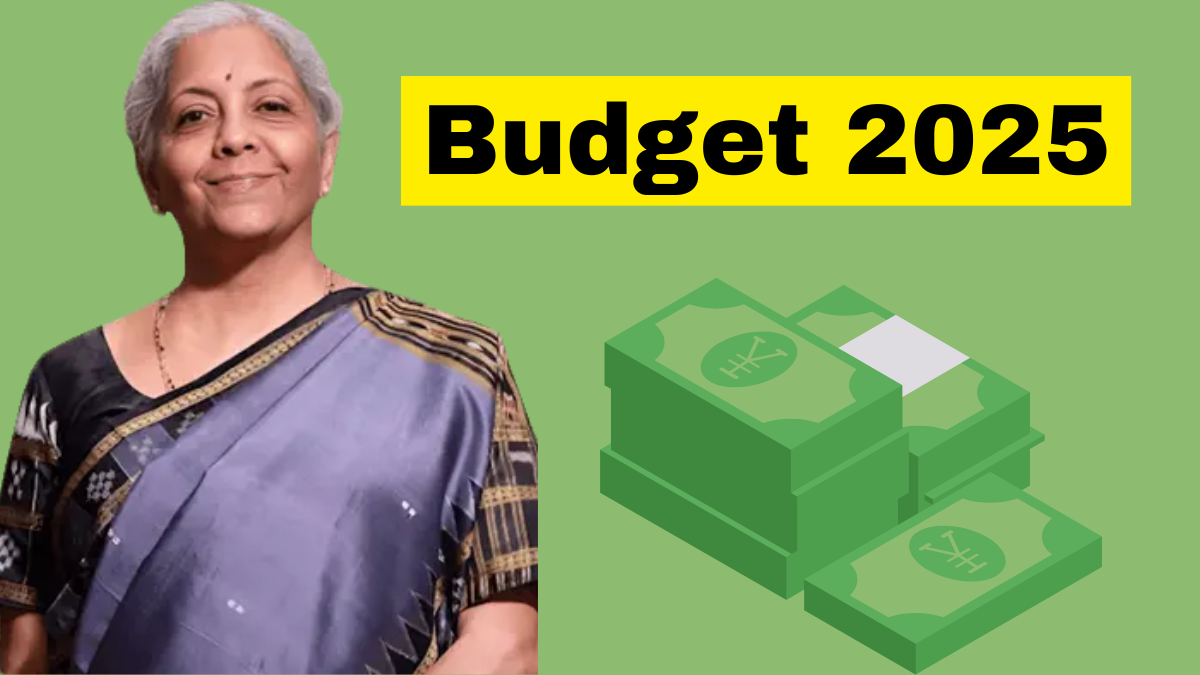
For over 92 years, India’s Union Budget was traditionally presented on February 28 or 29, aligning with the British-era practice. However, this meant that there was only one month before the new financial year began on April 1, causing delays in policy implementation and fund allocation.
The government realized that shifting the Budget announcement to an earlier date would allow better fiscal planning and execution, leading to the historic decision to move Budget Day to February 1 from 2017 onwards.
How Did the Late Budget Presentation Affect Policy Implementation?
Before 2017, the Union Budget proposals were typically passed in May or June, well after the start of the financial year. This created several challenges:
✔️ Delayed Fund Allocation: Ministries and departments had little time to allocate and spend funds efficiently.
✔️ Project Implementation Issues: Schemes were rolled out late, affecting economic growth.
✔️ Rushed Spending in Last Quarters: Government departments scrambled to utilize unspent budgets towards the end of the year.
By advancing the Budget to February 1, the government aimed to ensure that policies and schemes could begin from April 1, leading to better governance and financial planning.
What Are the Benefits of the Budget Date Shift to February 1?
The decision to present the Budget on February 1 brought several advantages:
✔️ Early Fund Disbursement: Ministries get two months of lead time before the financial year starts.
✔️ Smoother Policy Implementation: Governments can execute projects without delays, improving economic efficiency.
✔️ Alignment with Global Best Practices: Many countries present their budgets well before the financial year begins to ensure a smooth transition.
✔️ Better Spending Control: Reduces last-minute fund utilization rush, preventing inefficiencies.
This change modernized India’s budgetary process, making it more structured and effective.
What Was the Role of the Railway Budget in This Change?
Before 2017, the Railway Budget was presented separately, a practice dating back to 1924. However, in a historic reform, the government decided to:
✔️ Merge the Railway Budget with the Union Budget.
✔️ Shift the Budget date to February 1 to allow for better financial integration.
This transition helped create a more streamlined fiscal planning approach, ensuring efficient management of both railway and general budget expenditures.
READ MORE: Budget Day 2025: Key Timings, FM Speech, and Press Conference Details
How Did This Change Improve Economic Policy Execution?
The new February 1 Budget timeline allowed government agencies to:
✔️ Finalize spending priorities well in advance.
✔️ Obtain necessary approvals before the financial year begins.
✔️ Ensure effective policy execution without delays.
This reform ensures that economic and welfare programs are implemented in a timely and effective manner.
FAQs
Why was the Budget traditionally presented on February 28?
The practice was inherited from British colonial rule, and India continued this tradition for decades.
When did the Budget date change to February 1?
The change was made in 2017 to allow better financial planning and policy implementation.
What are the benefits of the February 1 Budget?
It ensures timely fund allocation, better execution of policies, and reduces financial inefficiencies.
Did this change affect the Railway Budget?
Yes, in 2017, the Railway Budget was merged with the Union Budget to streamline fiscal planning.
Which countries present their Budgets before the financial year starts?
Many major economies, including the United States and the United Kingdom, present budgets well in advance to ensure smooth governance.
Click here to know more.

